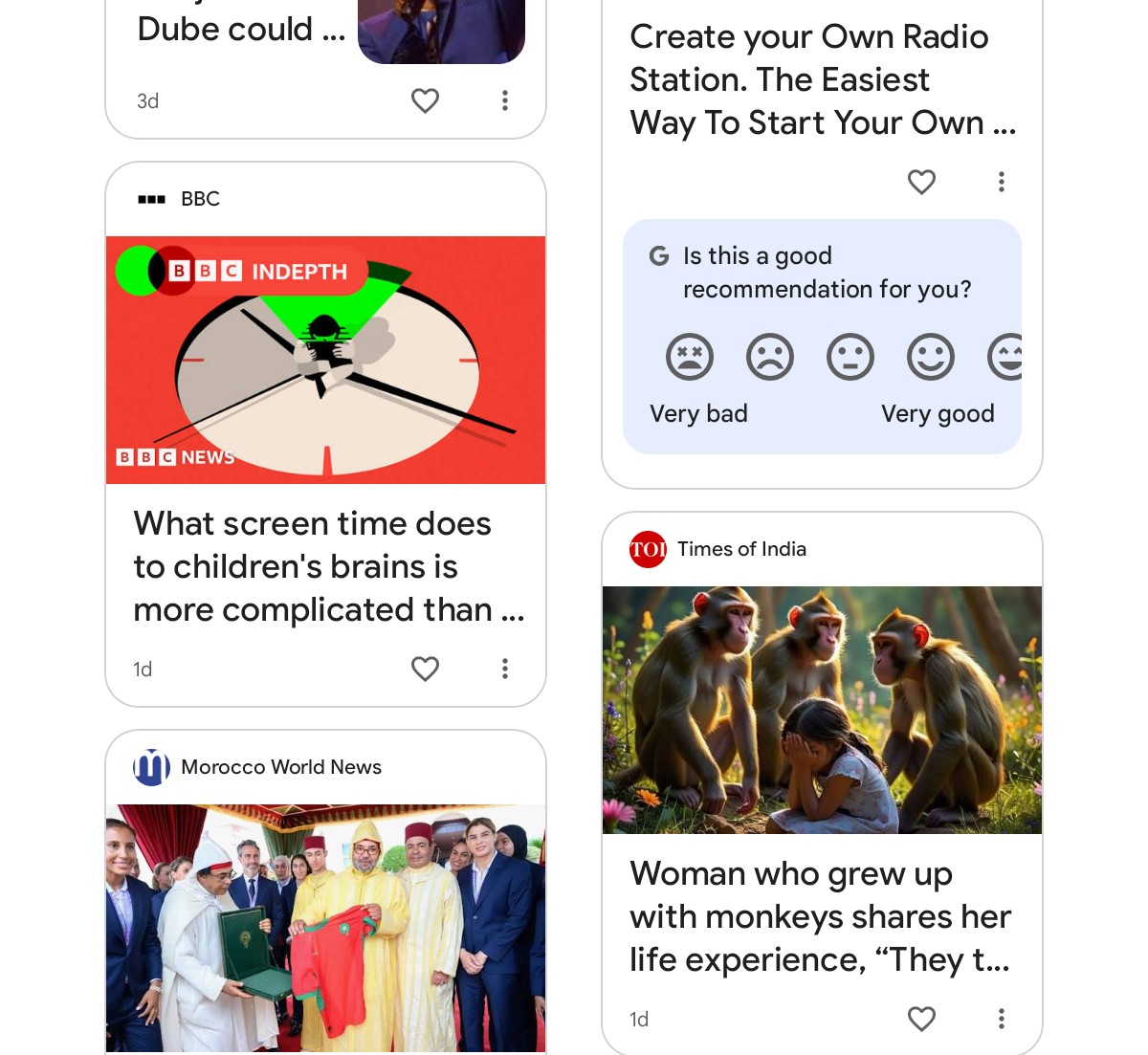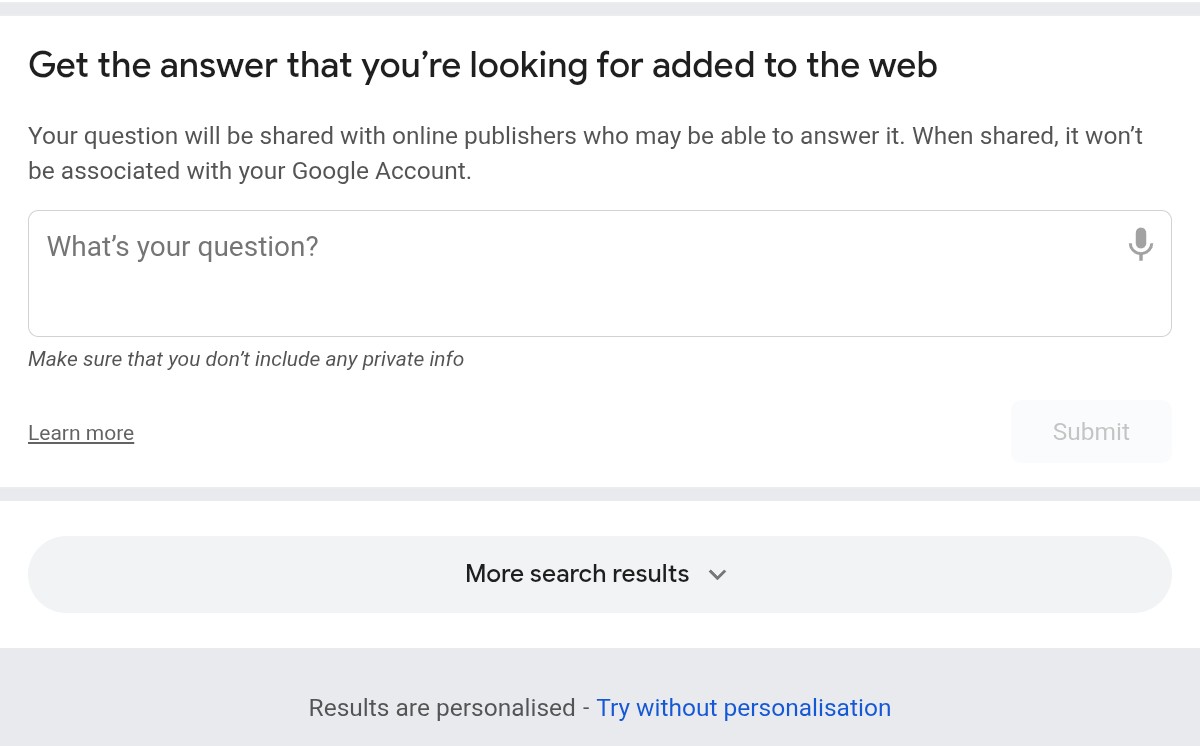
You must have wondered — maybe after opening a new tab in the Google Chrome browser — how Google selects articles or website content that are featured on the Discover feed. You must have also wondered how possible it would be to get your blog posts to appear on Google Discover.
Actually, any online publisher can make their website content appear on Discover, which is part of the Google Search service, considering that it uses the same signals and systems that are used by Google Search to decide relevant and helpful content that provides real value to individual users.
Google recommends the following guidelines to boost the eligibility of your website content to appear in Google Discover:
- Always use post headings or page titles relevant to the content in a non-clickbait fashion.
- Use compelling, high-quality images (at least 1200 px wide and not your site logo) enabled by max-image-preview:large meta tag settings, which instructs Google and other search engines to display a large preview of images for your webpage on search results and Discover.
- Avoid misleading images or snippets and click bait titles to artificially inflate engagement.
- Avoid tactics that manipulate appeal or cater to morbid curiosity, titillation or outrage.
- Provide unique, well-written content about trending topics.
READ ALSO: How does Google share my questions with online publishers?
Meanwhile, information on Google Search Central says:
“Content is automatically eligible to appear in Discover if it is indexed by Google and meets Discover’s content policies.”
Google search central (2025)
It further adds that “No special tags or structured data are required” but that there is no guarantee that website content deemed eligible to appear on Discover will eventually get shown.
Source:
Google Search Central (2025). Discover and your website. https://www.developers.google.com/search/docs/appearance/google-discover
